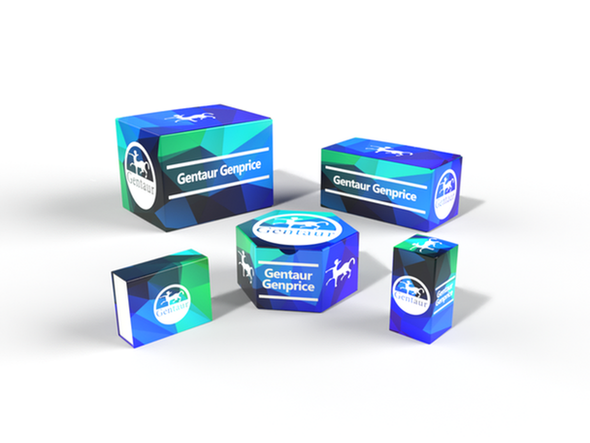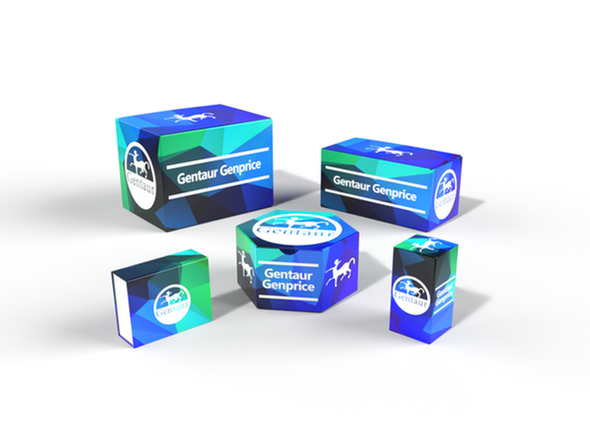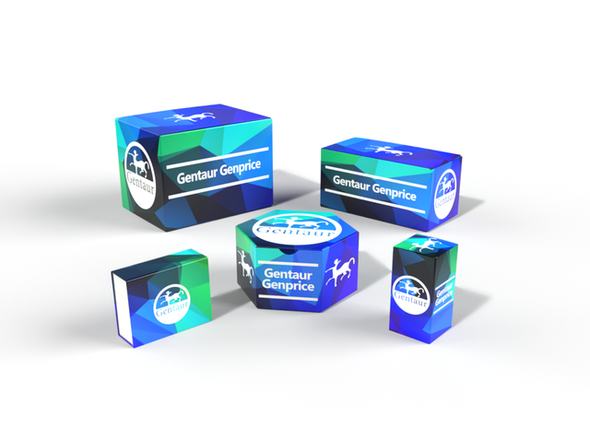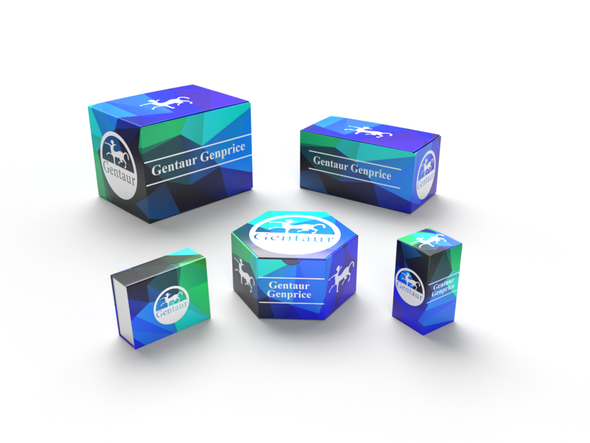749
Rat Eotaxin 1 (CCL11) ELISA Kit | KTE101001
- SKU:
- 749-KTE101001
- Availability:
- Usually ships in 5 working days
Description
Rat Eotaxin 1 (CCL11) ELISA Kit | KTE101001 | Gentaur UK, US & Europe Distribution
Application: This Rat Eotaxin 1 (CCL11) ELISA Kit employs a two-site sandwich ELISA to quantitate CCL11 in samples. An antibody specific for CCL11 has been pre-coated onto a microplate. Standards and samples are pipetted into the wells and anyCCL11 present is bound by the immobilized antibody. After removing any unbound substances, a biotin-conjugated antibody specific for CCL11 is added to the wells. After washing, Streptavidin conjugated Horseradish Peroxidase (HRP) is added to the wells. Following a wash to remove any unbound avidin-enzyme reagent, a substrate solution is added to the wells and color develops in proportion to the amount of CCL11 bound in the initial step. The color development is stopped and the intensity of the color is measured.
Detection Method: Colorimetric
Conjugate: N/A
Sample Type: Cell culture supernatants#Serum#Plasma#Other biological fluids
Assay Type: Multiple steps standard sandwich ELISA assay with a working time of 3-5 hours. It depends on the experience of the operation person.
Kit Component: • Rat Eotaxin 1 microplate
• Rat Eotaxin 1 standard
• Rat Eotaxin 1 detect antibody
• Streptavidin-HRP
• Standard diluent
• Assay buffer
• HRP substrate
• Stop solution
• Wash buffer
• Plate covers
Features & Benefits: Rat Eotaxin 1 (CCL11) ELISA Kit has high sensitivity and excellent specificity for detection of Rat CCL11. No significant cross-reactivity or interference between Rat CCL11 and analogues was observed.
Calibration Range: Please inquire
Limit Of Detection: Please inquire
Usage Note: • Do not mix components from different kit lots or use reagents beyond the kit expiration date.
• Allow all reagents to warm to room temperature for at least 30 minutes before opening.
• Pre-rinse the pipet tip with reagent, use fresh pipet tips for each sample, standard and reagent to avoid contamination.
• Unused wells must be kept desiccated at 4 °C in the sealed bag provided.
• Mix Thoroughly is very important for the result. It is recommended using low frequency oscillator or slight hand shaking every 10 minutes.
• It is recommended that all samples and standards be assayed in duplicate or triplicate.
Storage Instruction: The unopened kit should be stored at 2 - 8°C. After opening, please store refer to protocols.
Shipping: Gel pack with blue ice.
Precaution The product listed herein is for research use only and is not intended for use in human or clinical diagnosis. Suggested applications of our products are not recommendations to use our products in violation of any patent or as a license. We cannot be responsible for patent infringements or other violations that may occur with the use of this product.
Background: An eosinophil chemotactic factor (ECF) can be released from human polymorphonuclear neutrophils (PMN), rat mononuclear and rat mast cells by the calcium ionophore, during phagocytosis, by arachidonic acid and phospholipase A2. It has been suggested that stimuli such as the ionophore and the phagocytic event lead to phospholipid turnover with the generation of arachidonic acid which is subsequently transformed by a lipoxygenase-like enzyme into ECF. Chemokine (C-C motif) ligand 11 (CCL11) is a small cytokine belonging to the CC chemokine family that is also known as eotaxin-1. CCL11 selectively recruits eosinophils by inducing their chemotaxis, and therefore, is implicated in allergic responses.
Alternative Names: CCL11; MGC22554; SCYA11; eosinophil chemotactic protein; eotaxin-1; small inducible cytokine A11; small inducible cytokine subfamily A (Cys-Cys) ; member 11 (eotaxin) ; ECF
Search name: CCL11; MGC22554; SCYA11; eosinophil chemotactic protein; eotaxin-1; small inducible cytokine A11; small inducible cytokine subfamily A (Cys-Cys) ; member 11 (eotaxin) ; ECF
Tag: CCL11










